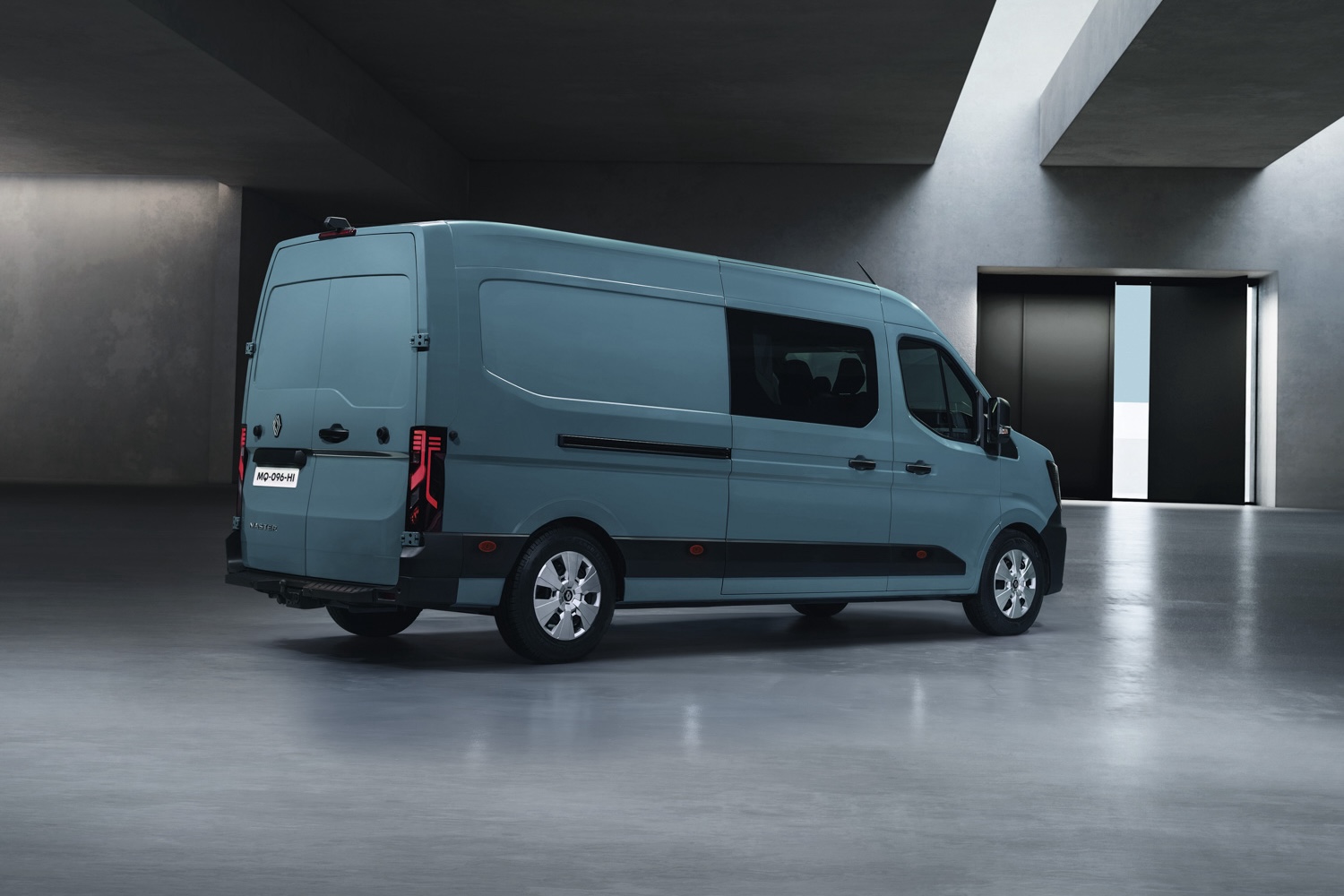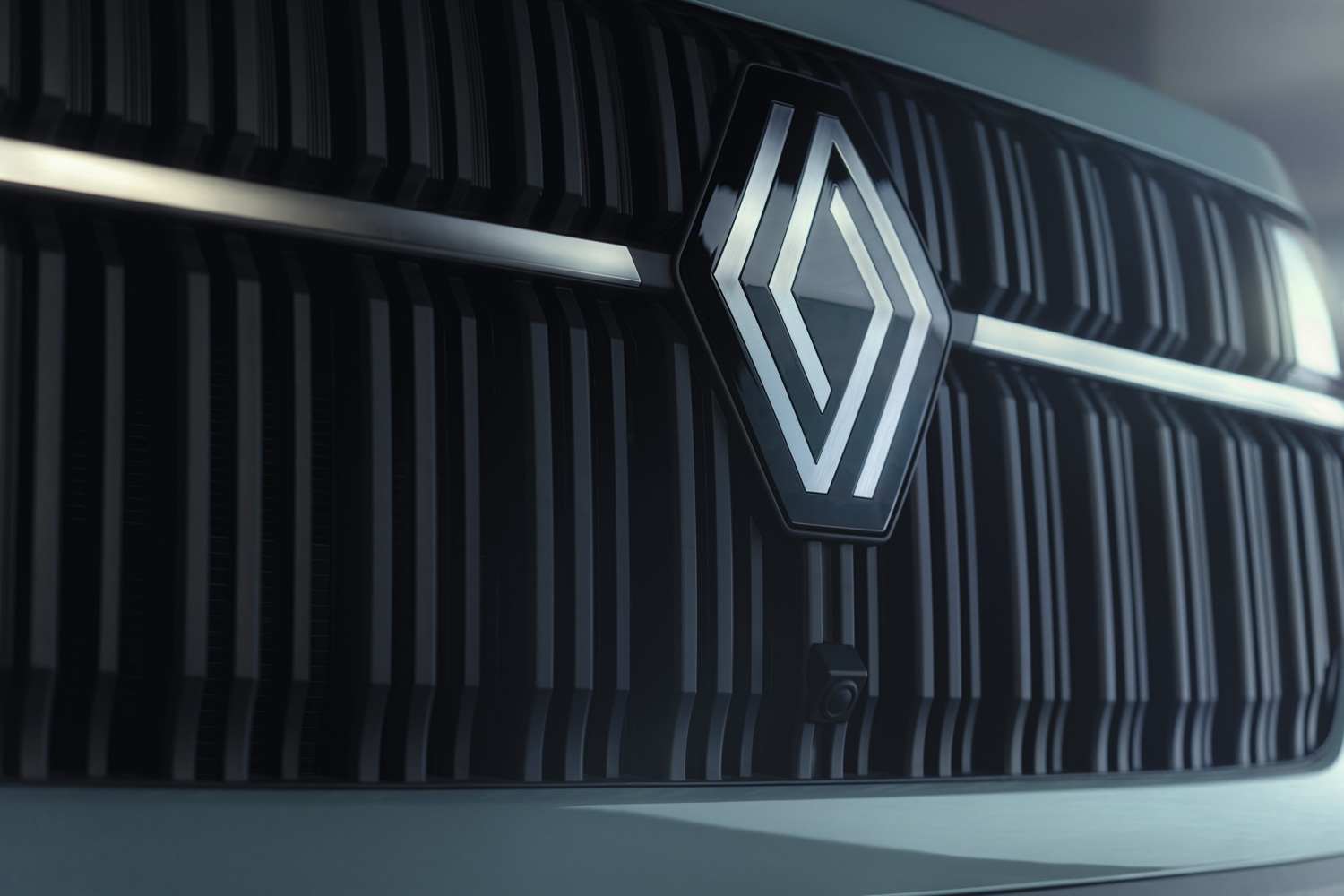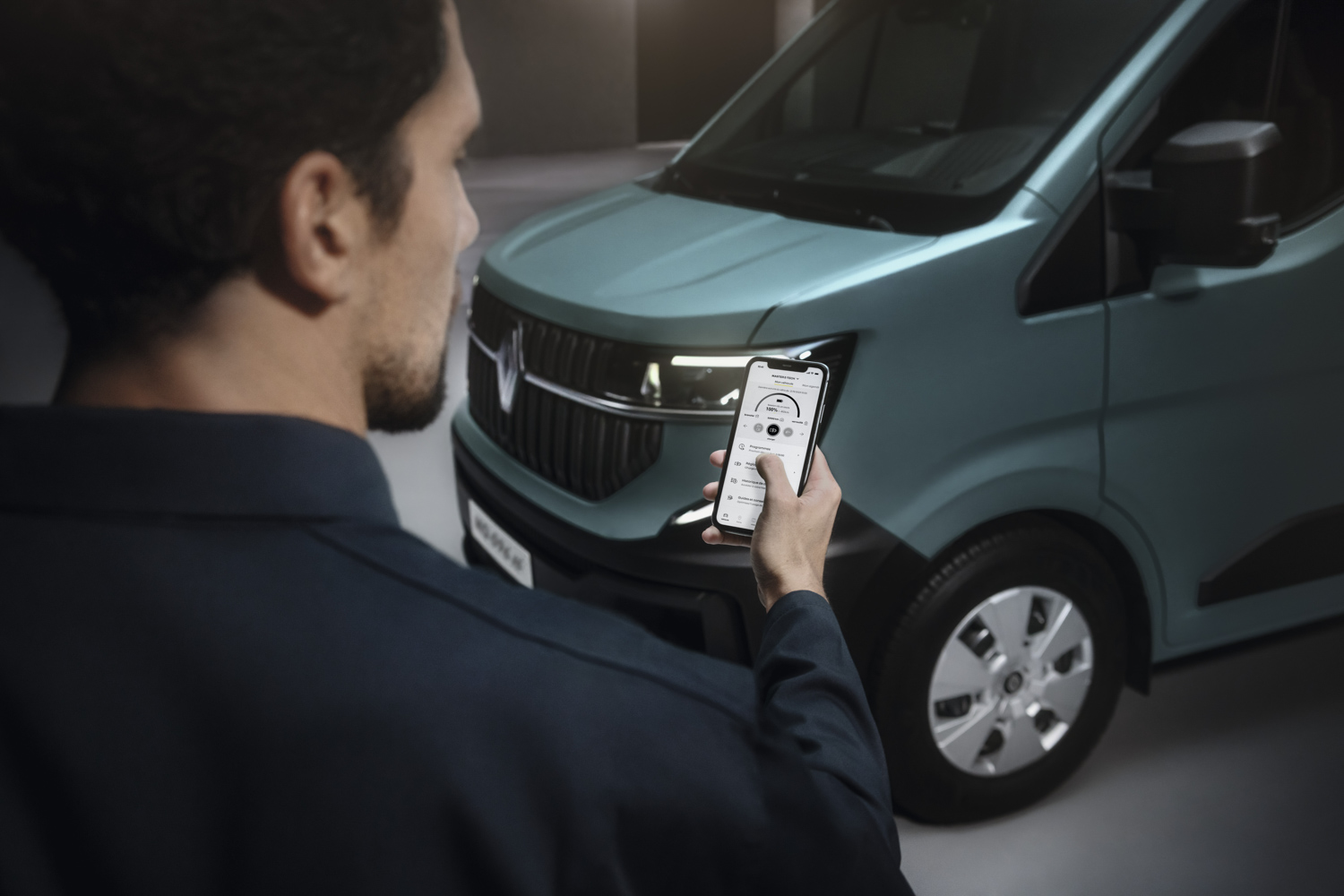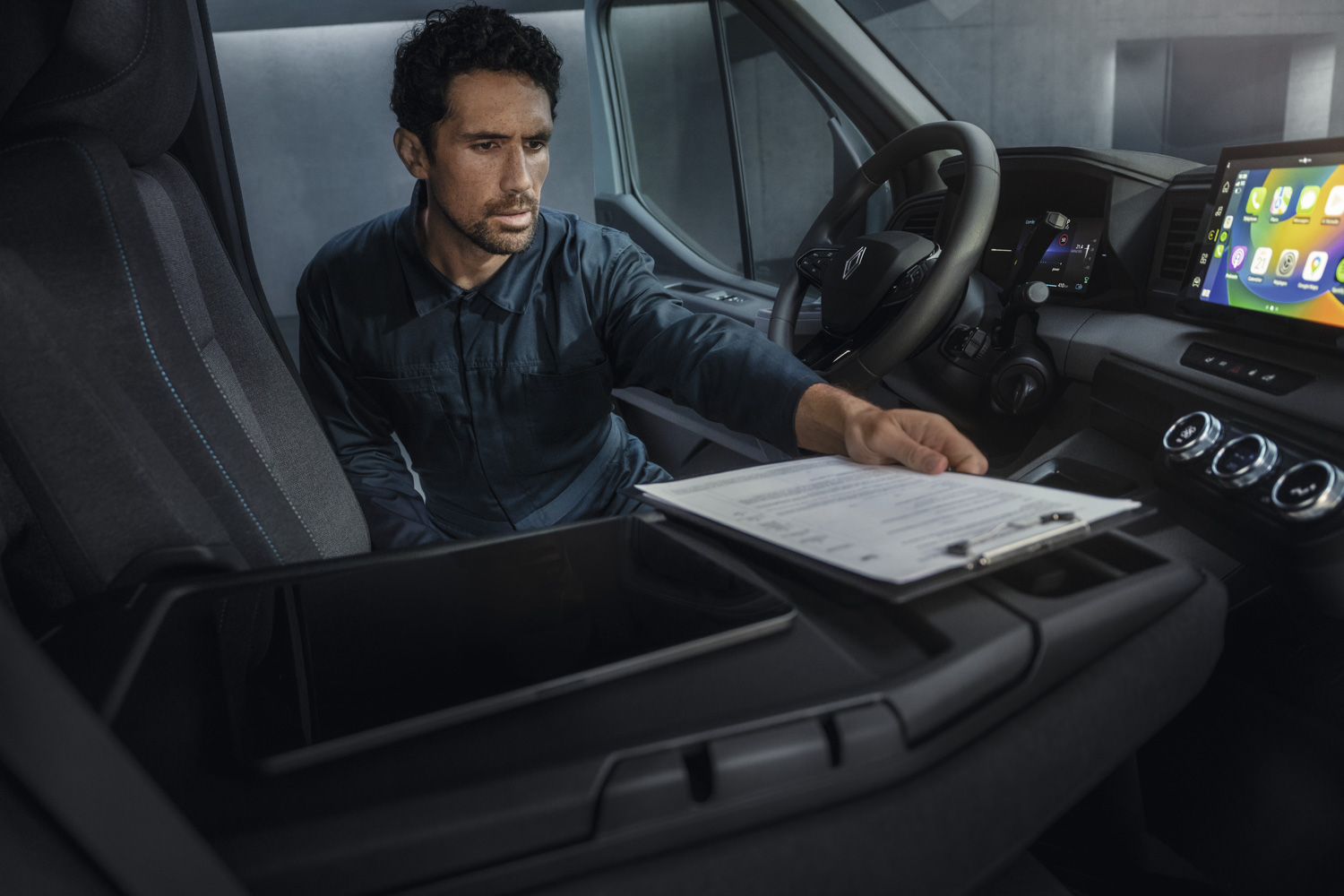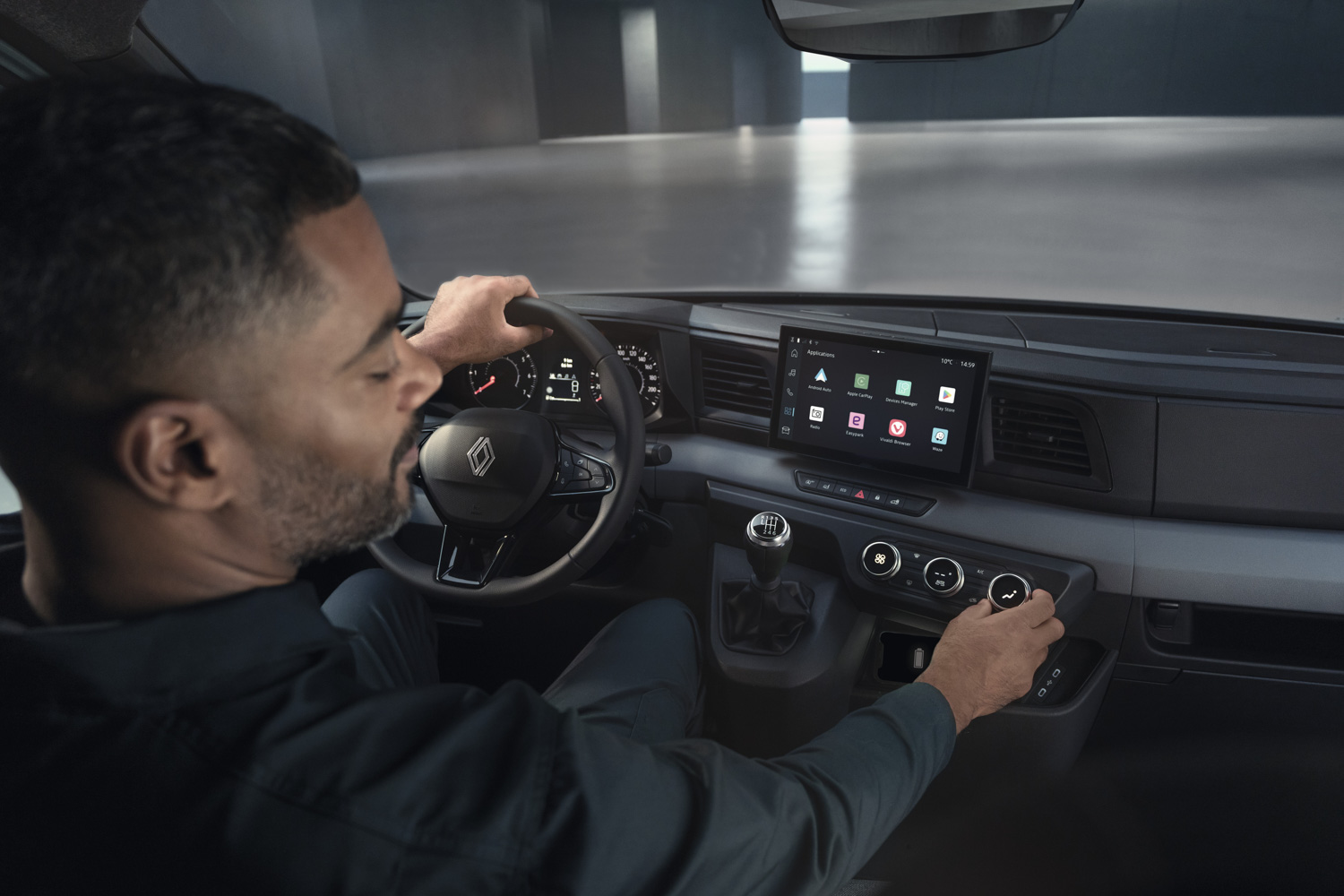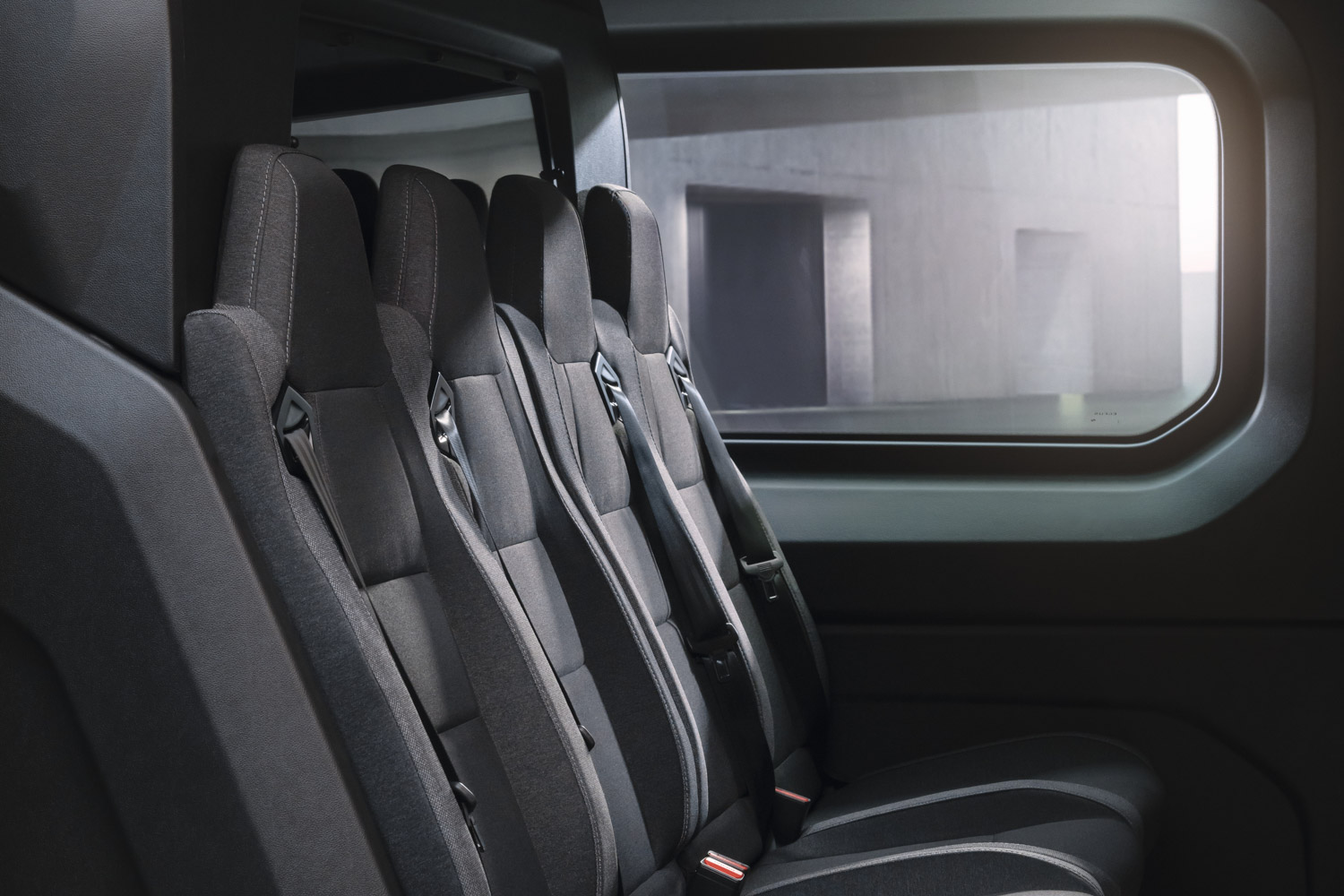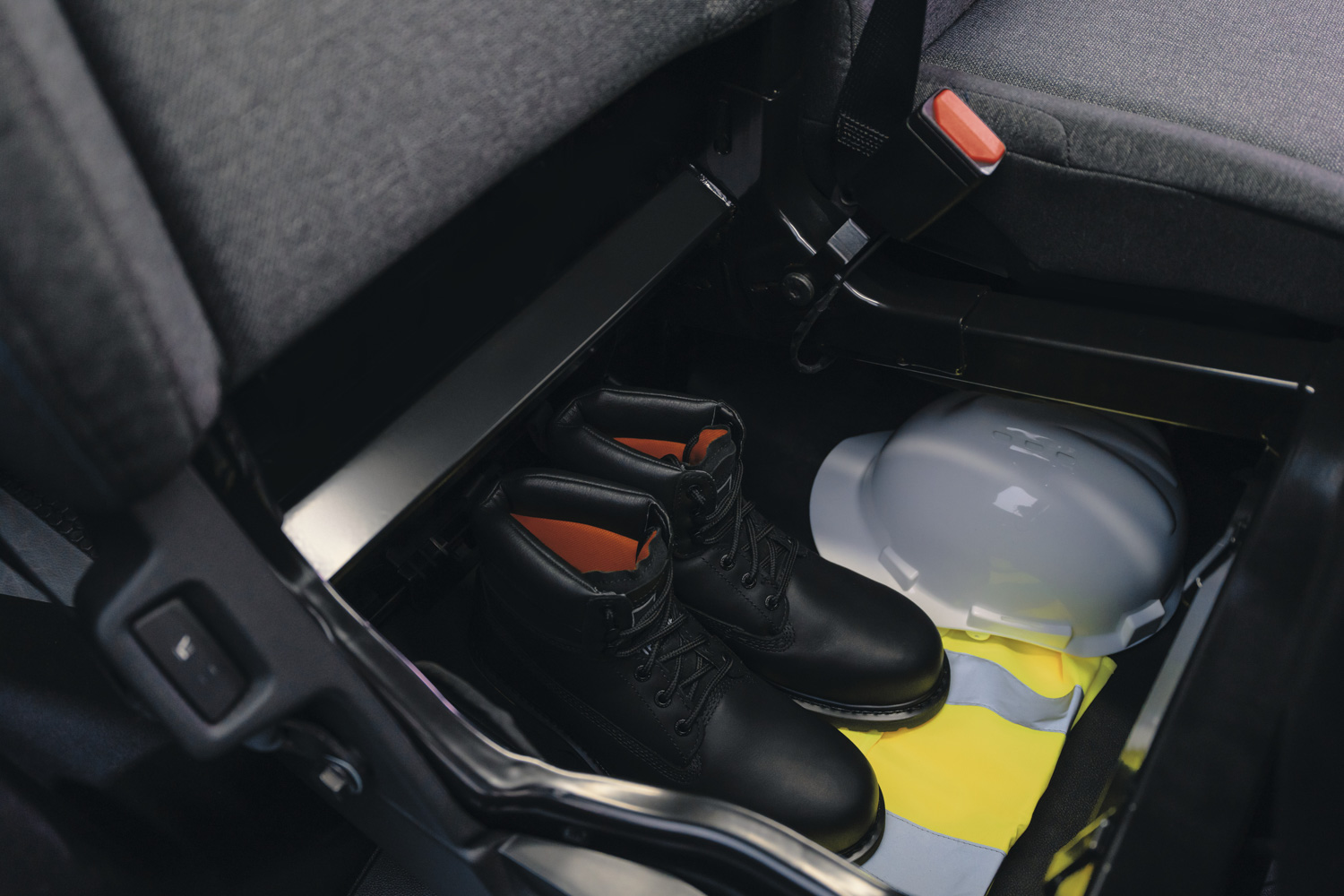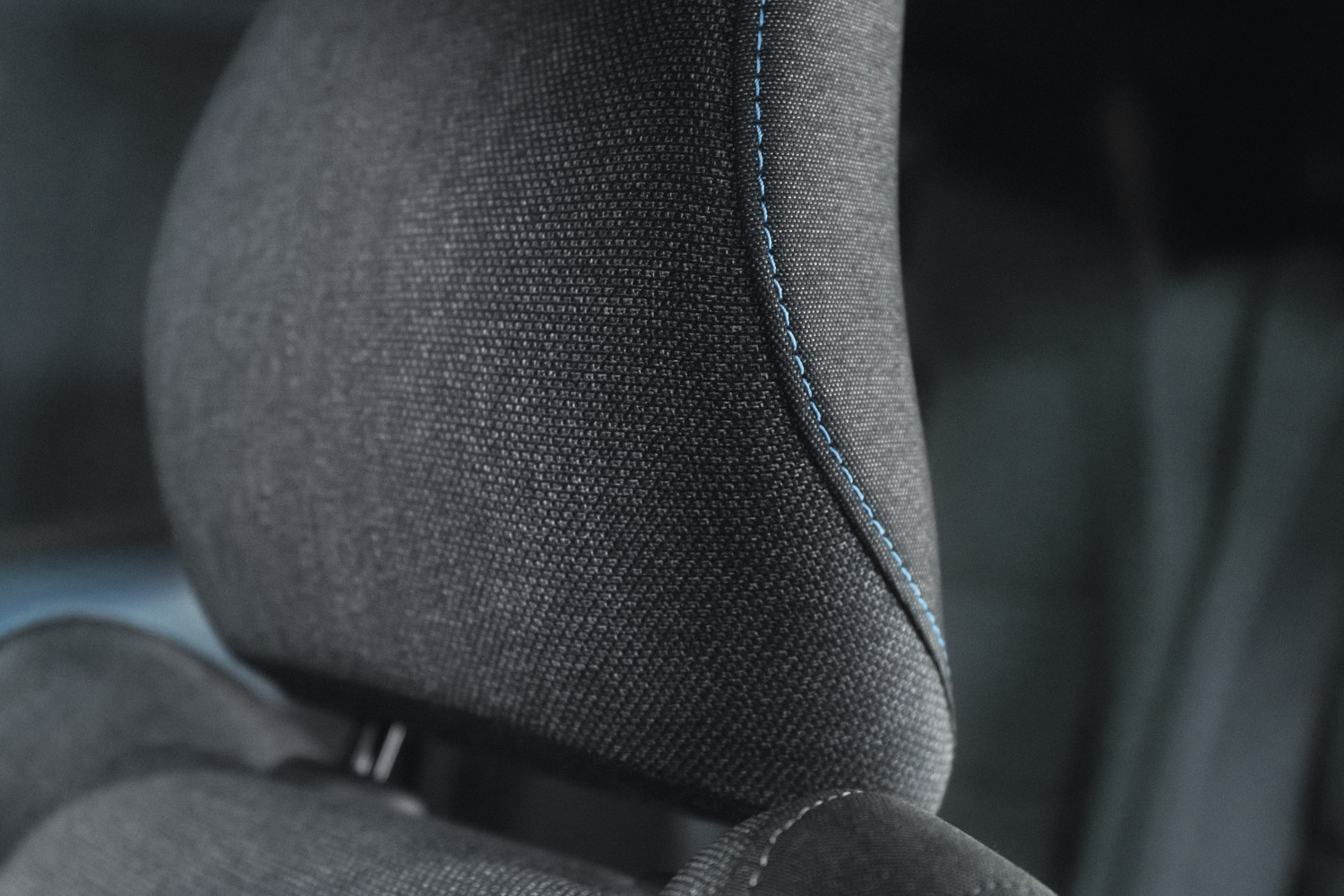Renault has revealed its new Master van, and it’s coming with electric power and more aerodynamic styling. In fact, so smooth is the Master’s shape through the air, that Renault is already referring to it as “The Aerovan.” Up front, you’ll find a prominent grille with the new Renault logo, and massive full-LED headlights with the C-shaped signature that harks back to Renault’s passenger-car range. The grille features a U-shaped panel that becomes body-coloured further up the Master range.
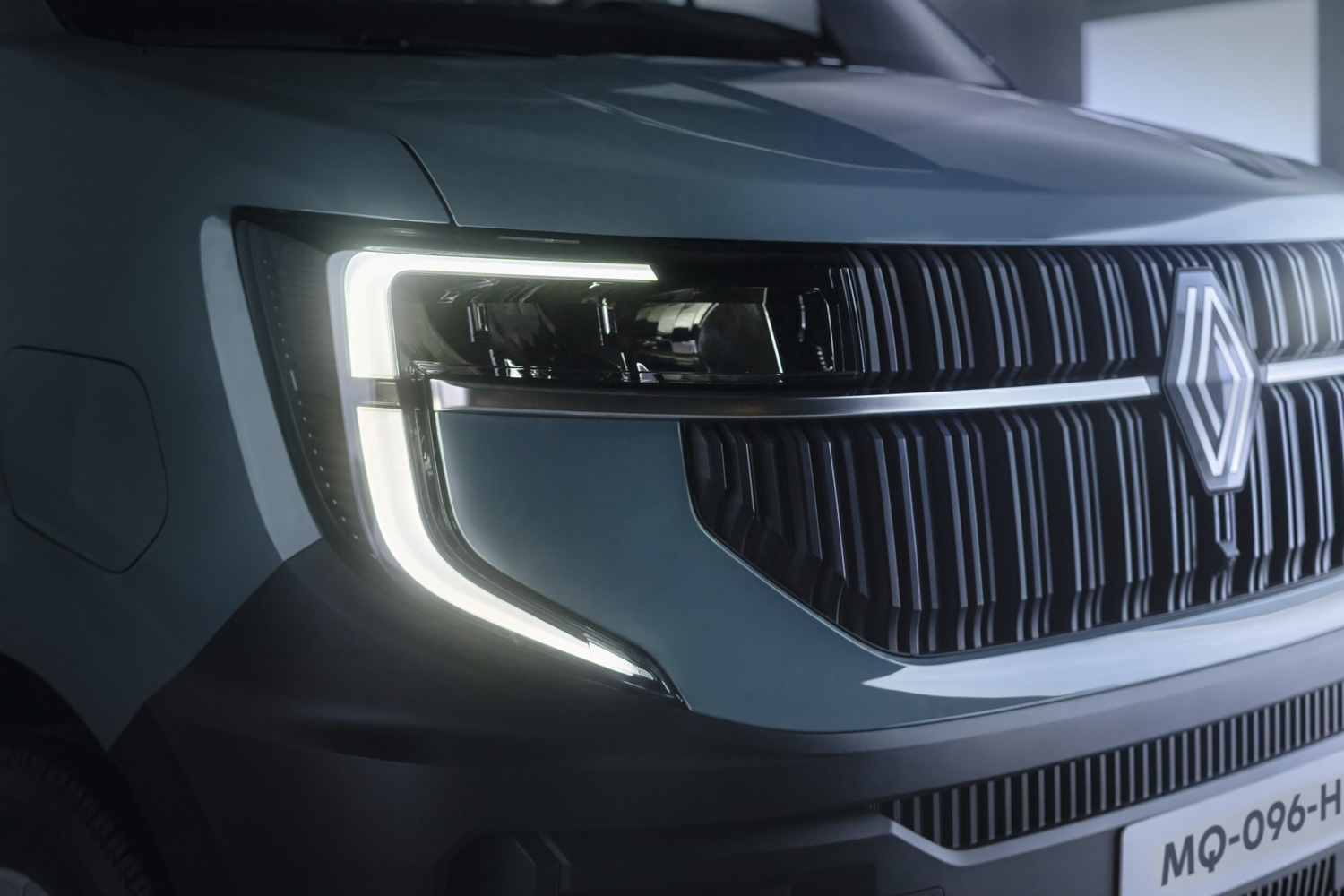
In aero terms, Renault says that it has worked hard to reduce the Master’s SCx figure — its frontal area, and it’s now 20 per cent lower than the previous model. For that you can thank a windscreen that’s further forward and more tilted, the wing mirrors, air intake ducts in the bumper and roofline slope that is more streamlined, and the rear, which is also narrower. Interestingly, the Master is too big a vehicle for Renault’s usual wind tunnel, so it was initially worked on using 83 per cent scale models, then checked in full-size in a tunnel usually used for testing airliners.
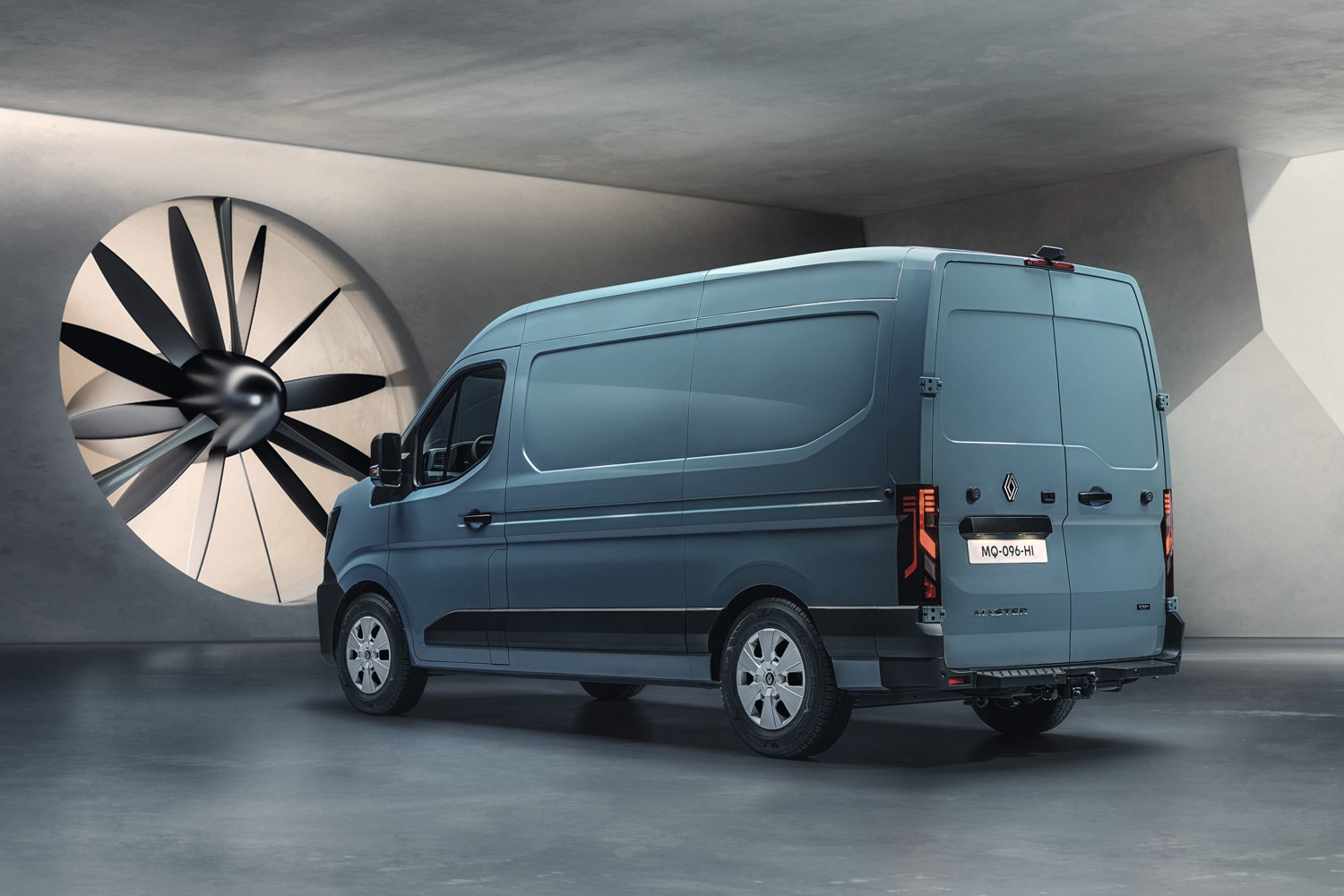
Does all that actually make a difference? Well, Renault says it does, pointing out that the Master’s CO2 emissions are 39g/km lower than before, while the energy consumption of the electric version is improved by 20 per cent compared to the previous model.
Speaking of the power sources, the new Master will be available with four Blue dCi diesel engines with power outputs of 105, 130, 150 or 170hp. In line with that Co2 reduction, fuel consumption has been reduced by 1.5 litres per 100km, and you can choose from a six-speed manual gearbox or a nine-speed automatic.
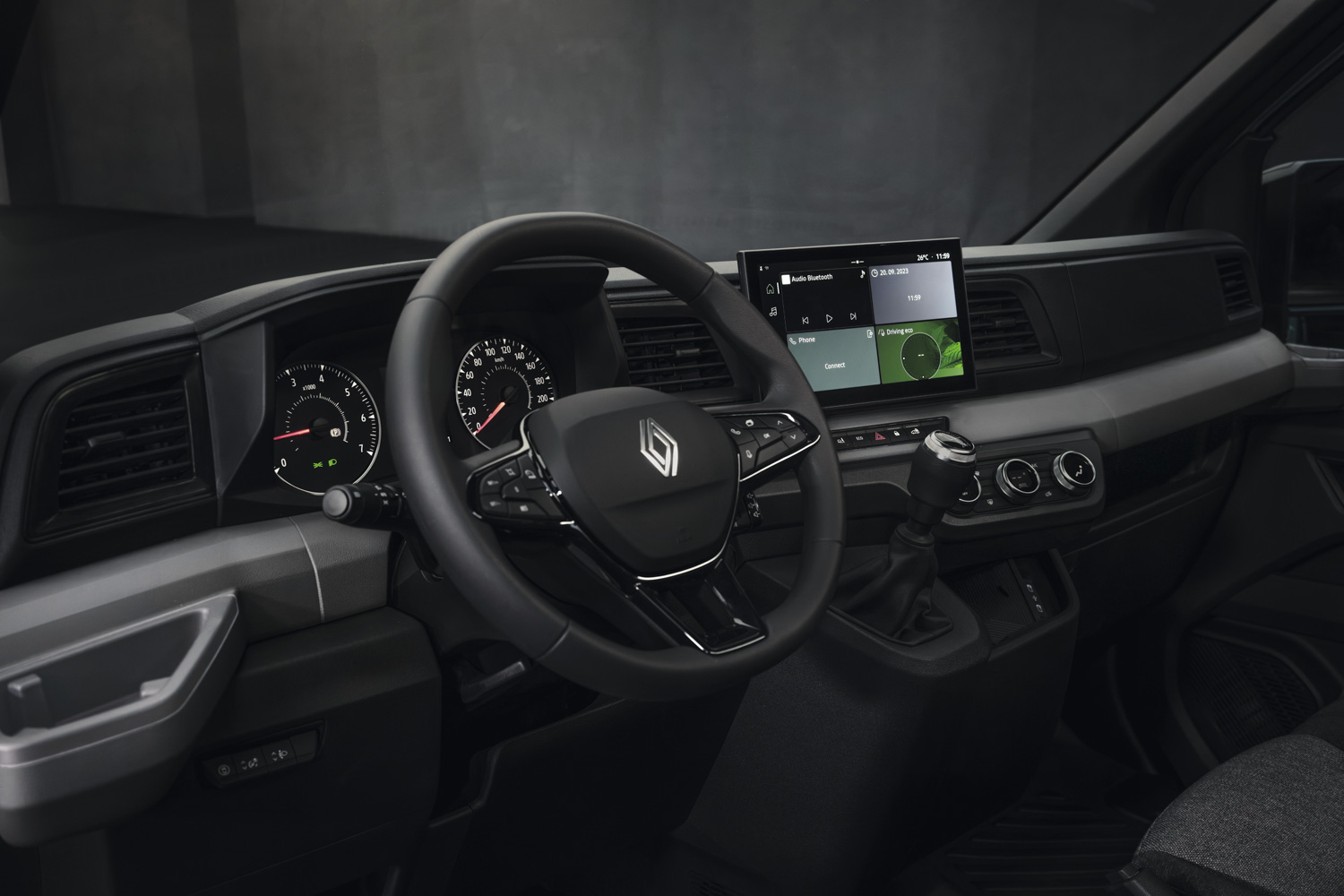
All-electric version with 410km range
If you want an electric Master, you can choose 96kW or 105kW (130hp or 142hp) electric motors, which both deliver 300Nm of torque. They are fed by a 40kWh battery with a 180km range, for short-haul city work, or a larger 87kWh battery with a 410km range. The electric consumption works out at 21kWh/100km for the 87kWh battery, while the Master EV has impressive payload — 1,625kg — and towing — 2,500kg — capacities. A 130kW DC fast charge adds 229 km of range in 30 minutes. A 22kW AC charger tops up the battery from 10 to 100 per cent in just under four hours, which is hugely useful if you’re trying to use kerbside charging points.
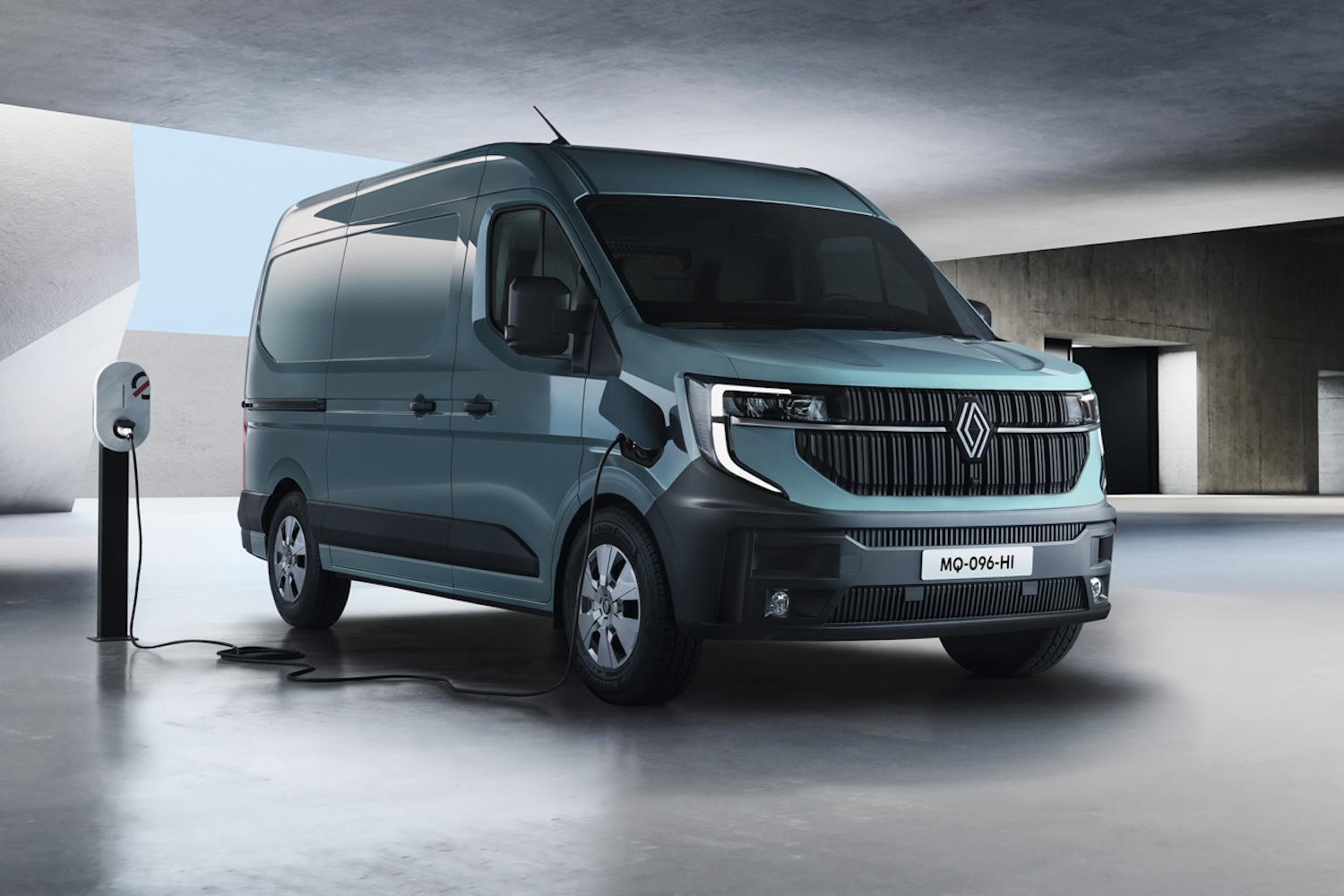
As well as the all-electric version, Renault is working on a hydrogen-fuelled Master van.
In the loadspace, the 20 different height-and-length combinations will offer capacities between 11 and 22 cubic metres, while the sliding side doors have an extra 40mm of loading space. The interior load length increases by 100mm. There’s a short L3 version designed for city work, with a tighter turning circle, or you can specify front, rear, or four-wheel drive depending on your needs.
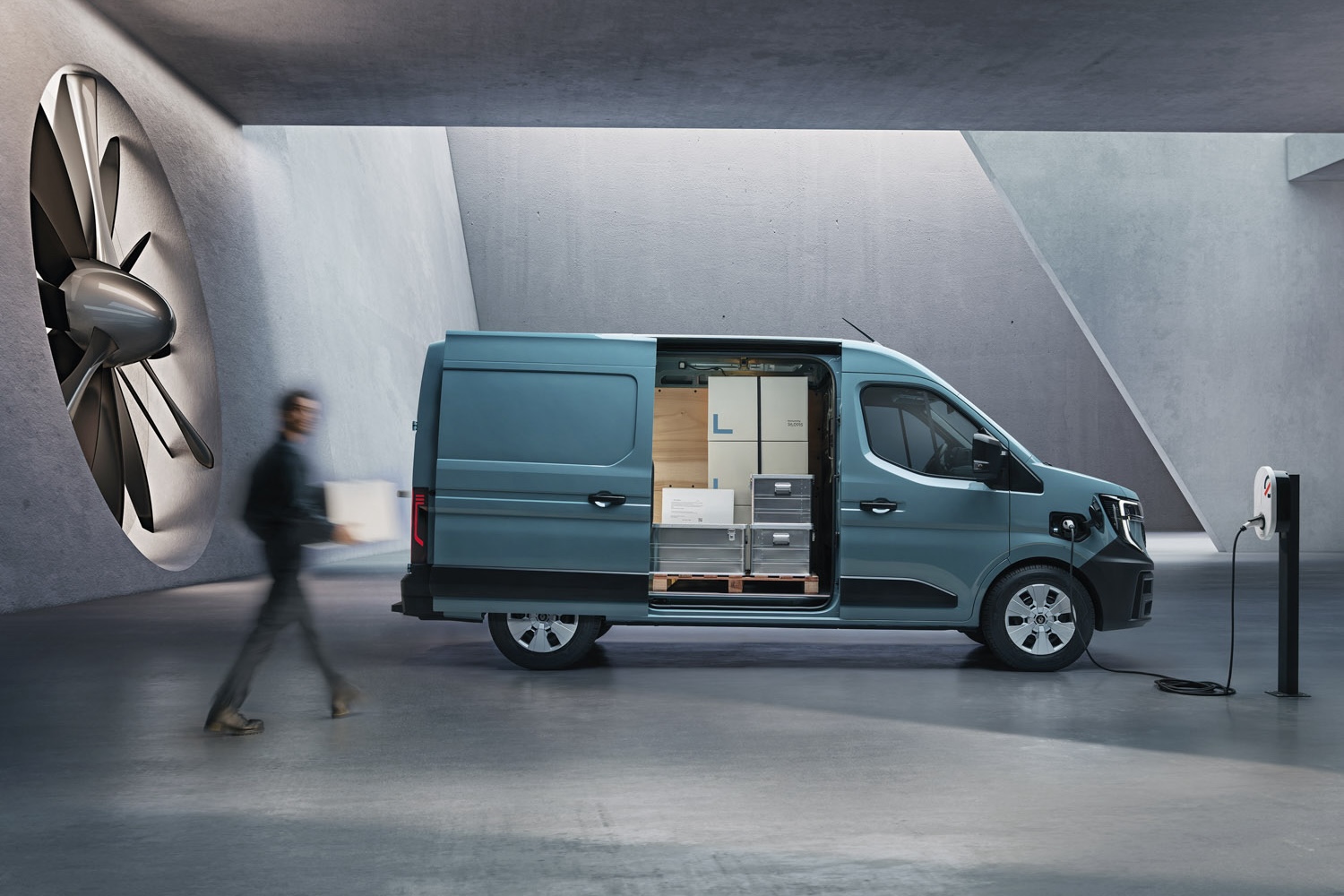
Inside, the Master looks pretty classy with a new 10-inch touchscreen, digital instruments, and neat rotary controls for the heating and air conditioning. There’s 135 litres of storage space around the cabin, including compartments on the dashboard, side cupholders, glove-box drawers, cab-ceiling slot and two storage tiers in the doors.

The back of the middle seat folds down into a desk, the base houses a slot to store a laptop, and there are USB-C ports to power devices. The non-abrasive and sturdy TEP-lined seat edges make it easier to get in and out of the van – and Renault claims they “will look flawless as months turn into years.” There’s a choice of seats, including suspension and swivelling variants, individual seats and three types of benches. “We put the customer – and simplifying their daily life – at the centre of everything we did. We stopped at nothing to make sure the All-new Renault Master doubles up as a proper, practical, comfortable and, especially, ultra-high-quality workstation,” said Louis Morasse, design director, LCV Range, Renault.
Smart braking system
The Master also features a trick new braking system, designed to retain braking effectiveness and pedal feel the same regardless of how much weight the van is carrying. It also triggers the automatic emergency braking system sooner (response time speed is doubled) and enhances regeneration, extending the electric version’s range.
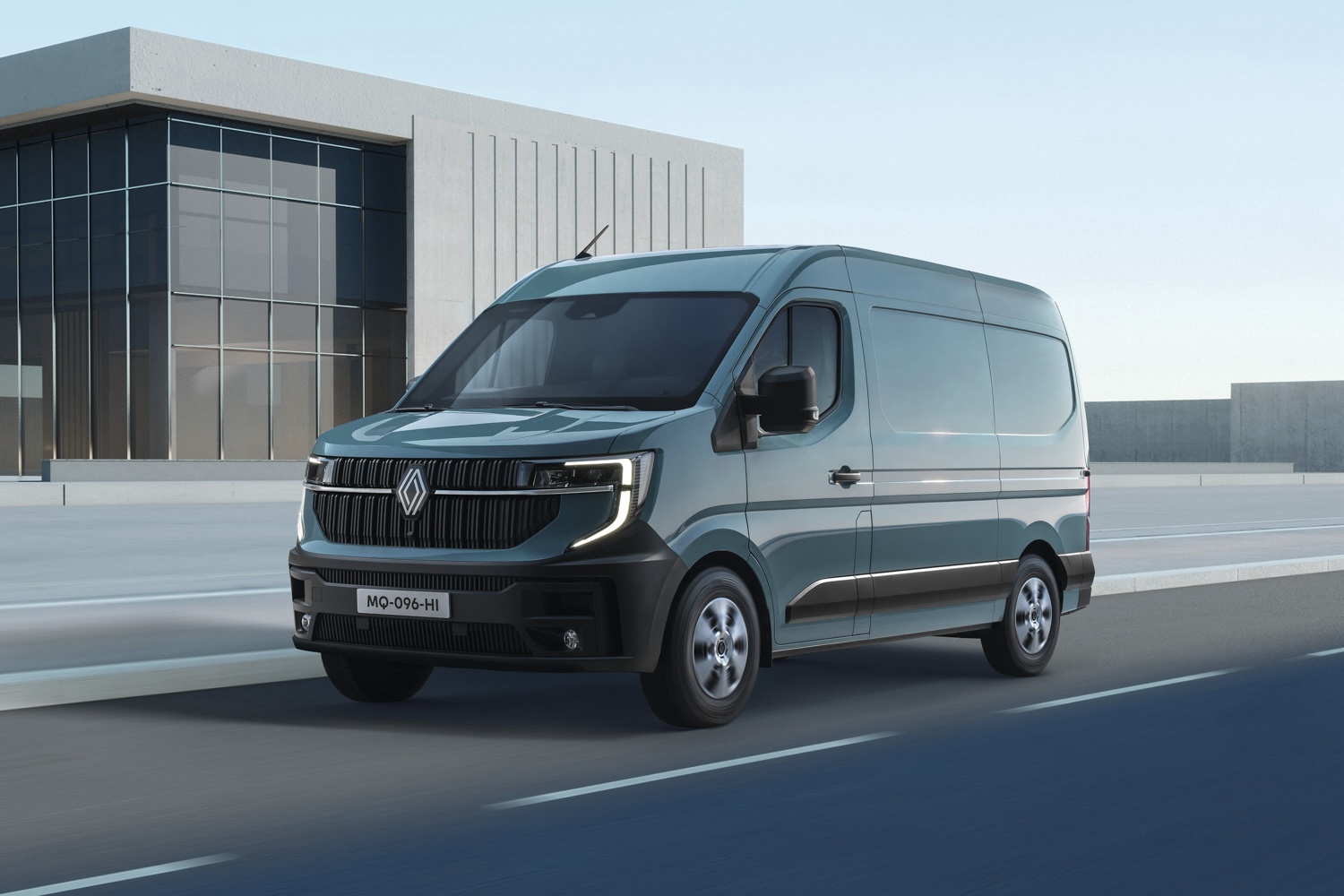
More than 20 advanced safety systems are on offer, including lateral stability control, automatic emergency braking, and trailer stability assist systems, and it comes with Intelligent Speed Assist. All versions get Vehicle-to-load power outlets, allowing you to run power tools off the van’s electric system, which is especially useful for the EV version.
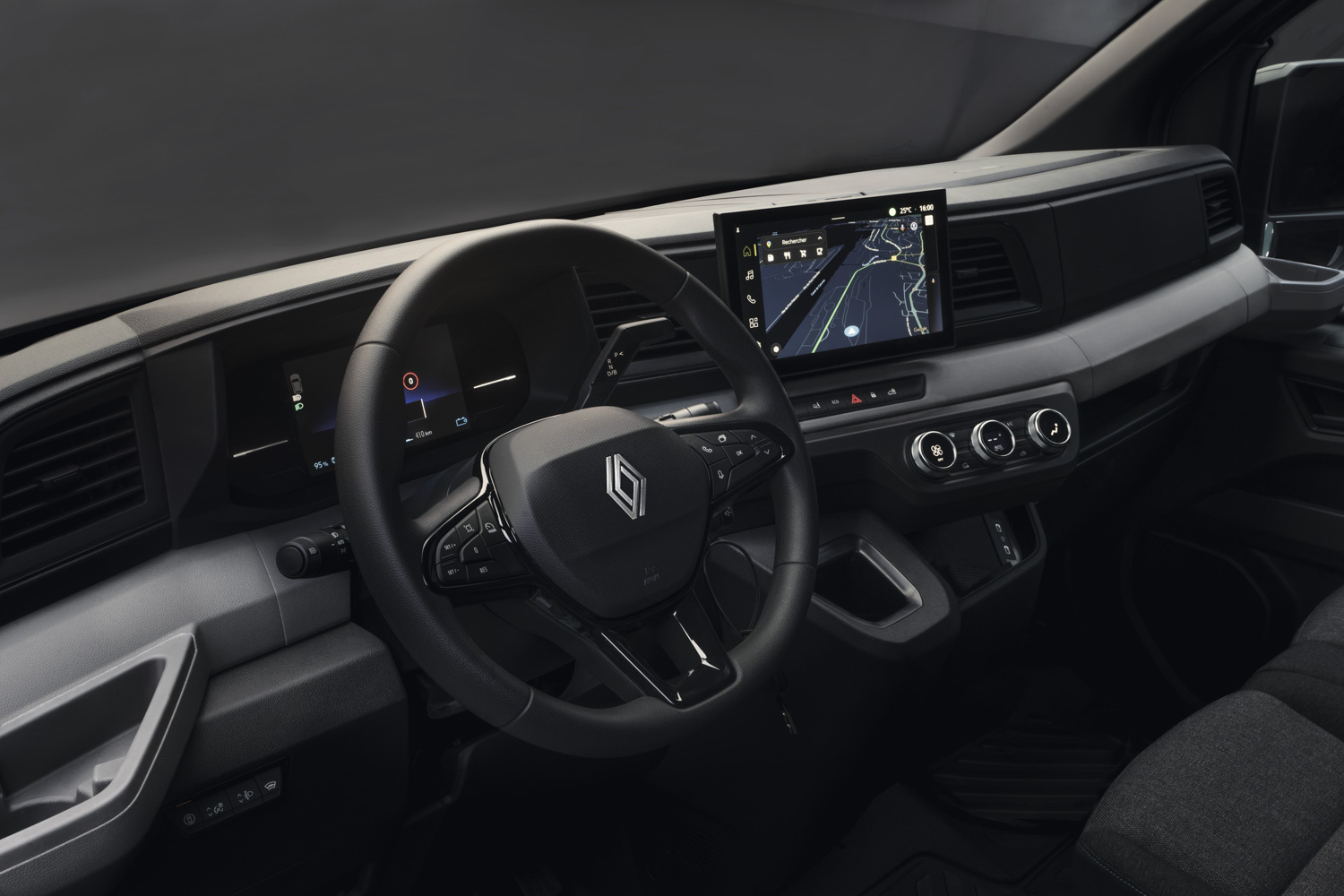
The 10-inch touchscreen gets Apple CarPlay and Android Auto, built-in Google Maps and the Google Play store, and Google Assistant for voice control. There’s a ‘Vivaldi’ browser to view emails and attachments on the screen, edit documents, or maybe watch a tutorial on YouTube during a lunch break. There’s also Waze for navigation and traffic avoidance, and EasyPark for parking payments.
There’s also a complete set of Renault and Mobilize (Renault’s charging and finance arm) apps, allowing you to track the van remotely, monitor its health and maintenance, and manage things like battery charging via a smartphone app.





